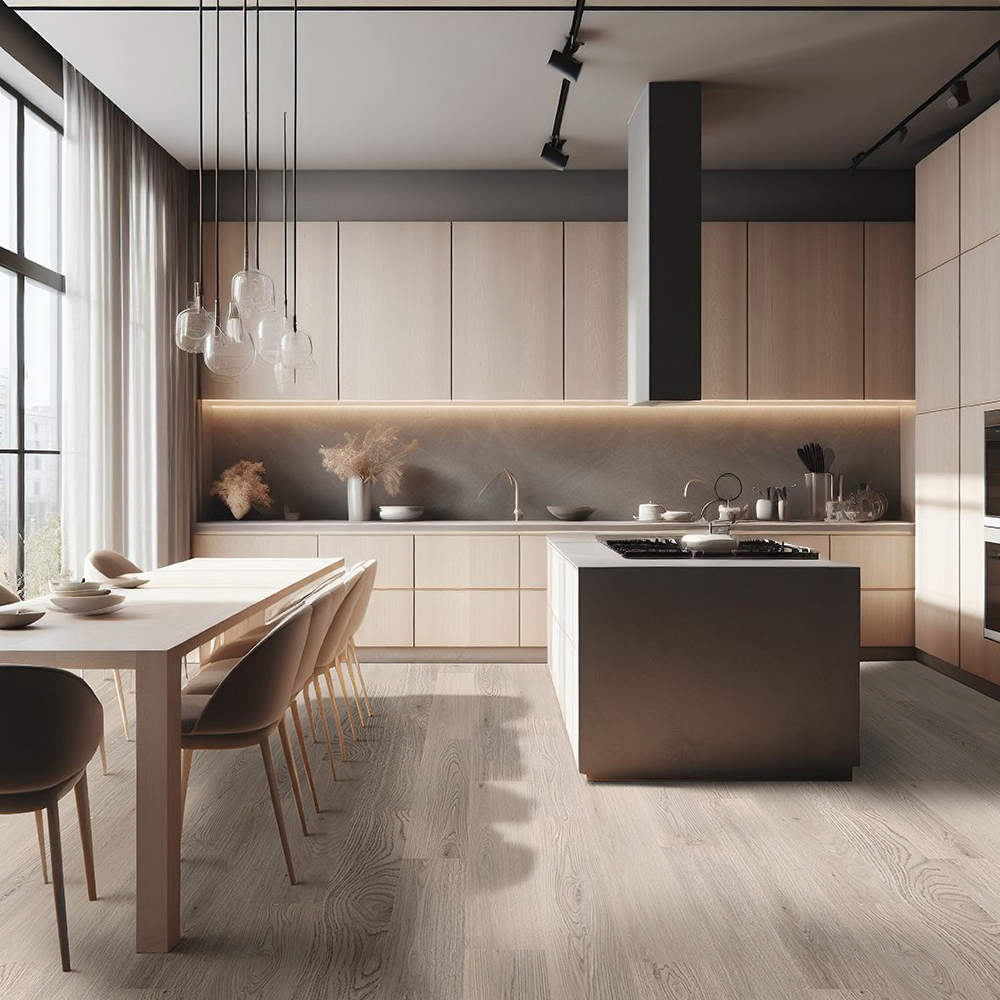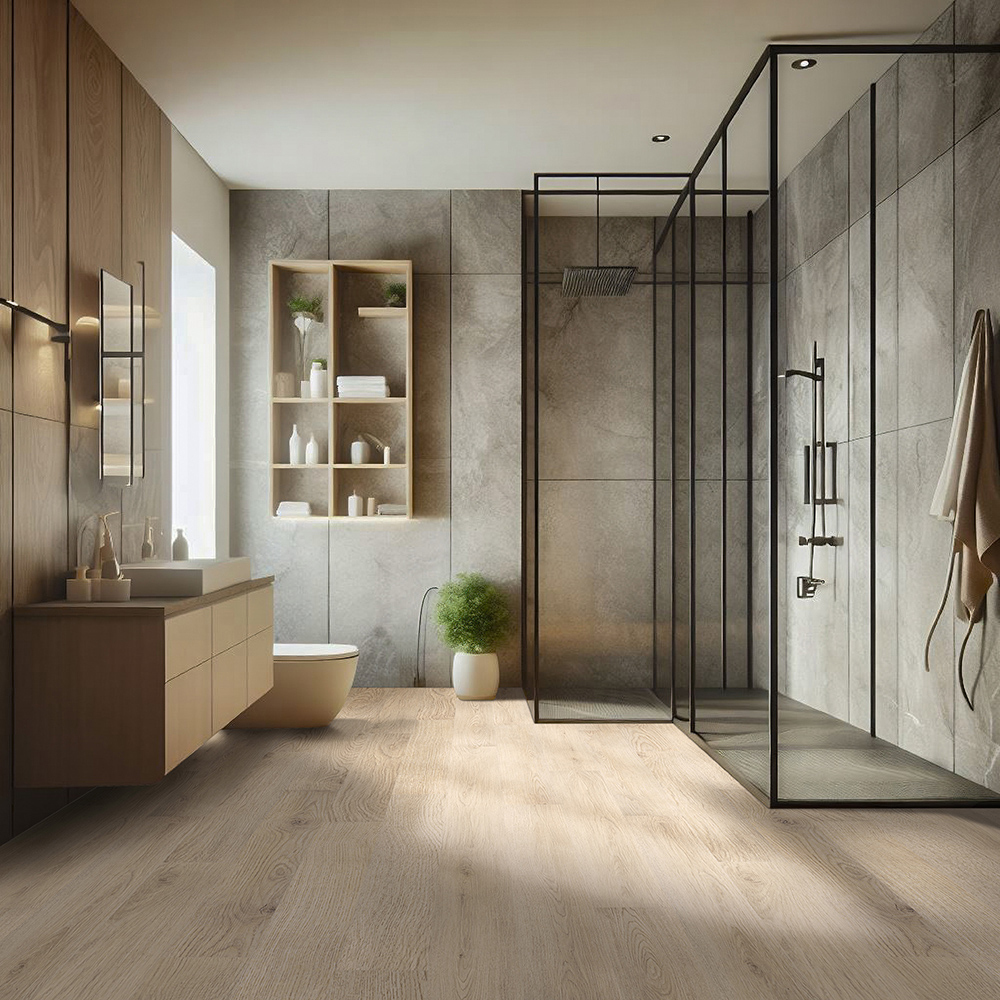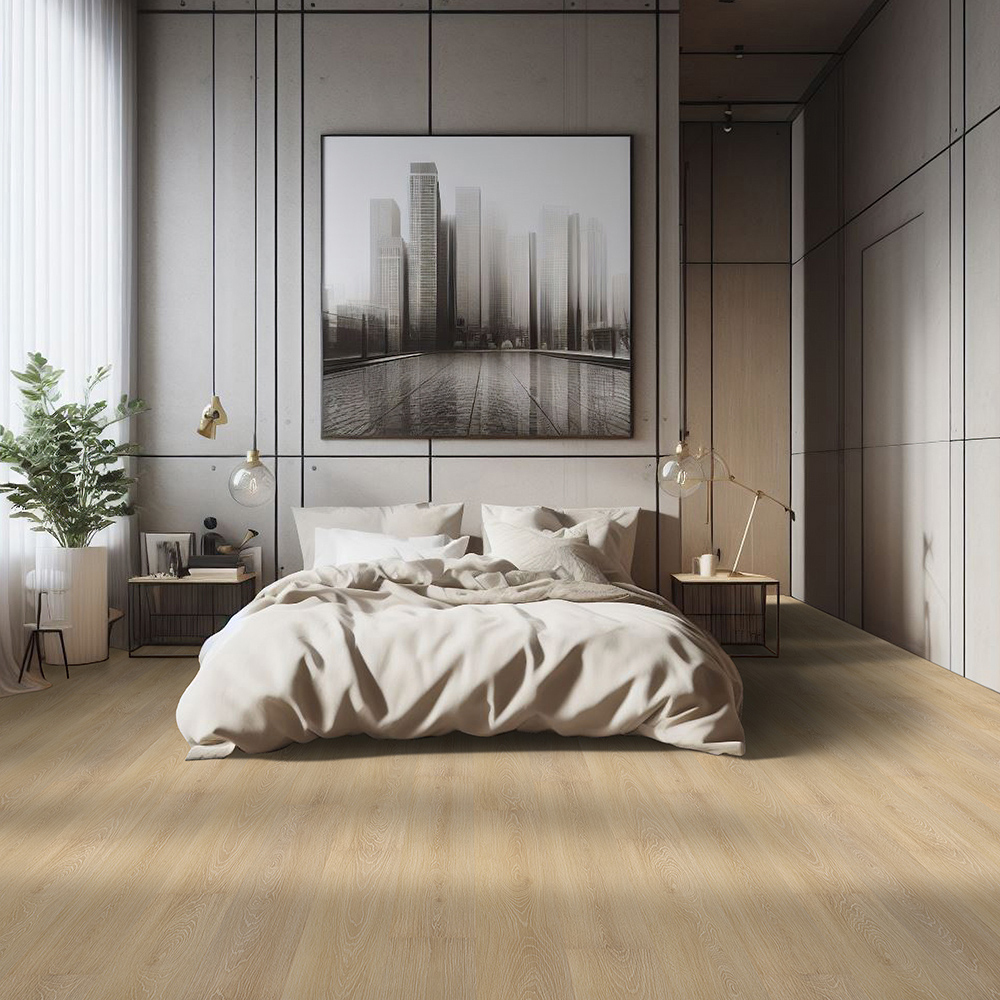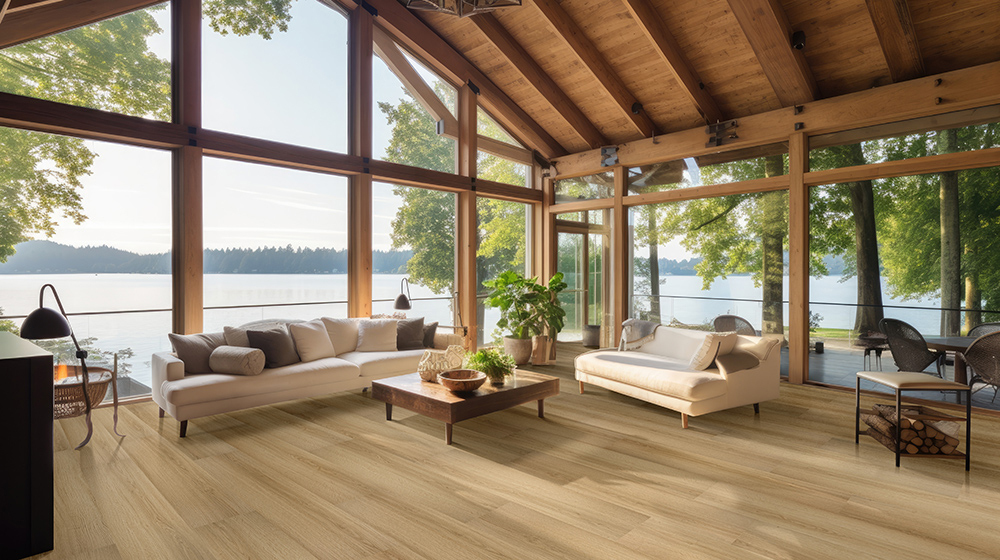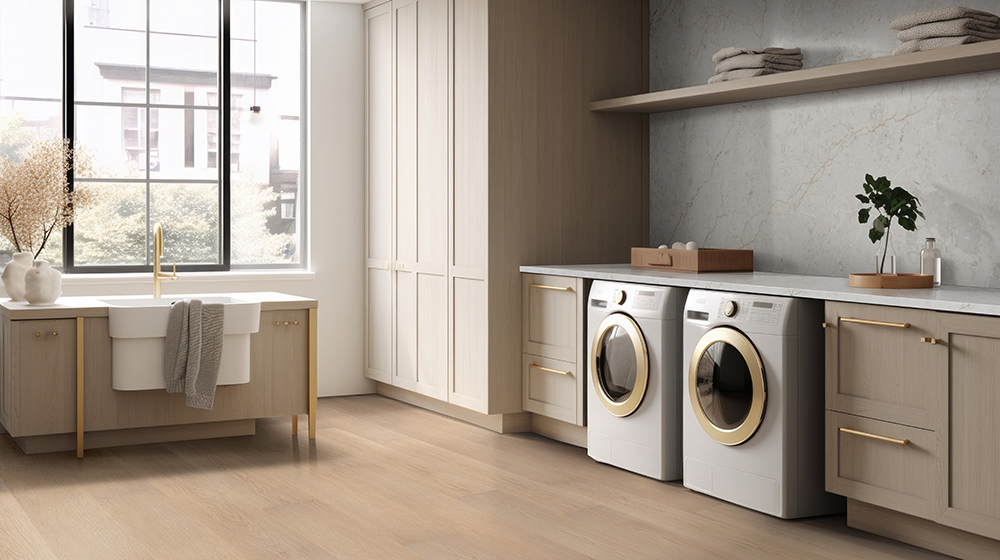Blend Beauty And Functionality With MSI's Top 5 Luxury Vinyl Floors
August 09, 2024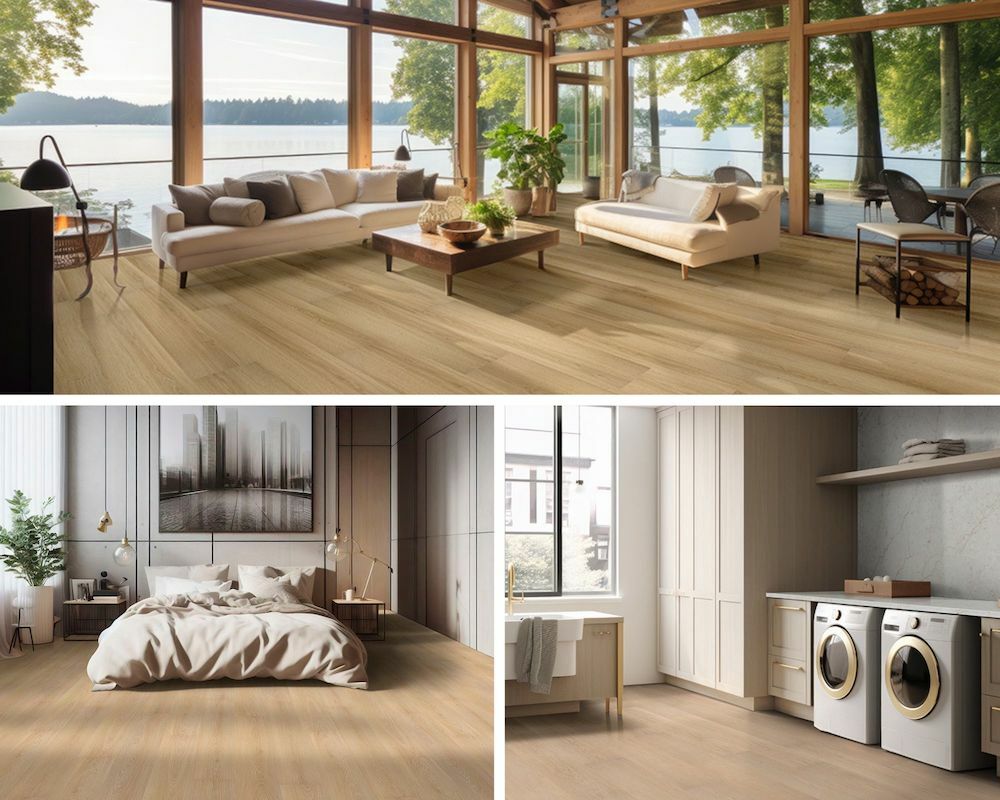
In today's ever-evolving home design world, luxury vinyl plank flooring has carved out a niche as an option that doesn't sacrifice style for durability. As a leading name in the industry, MSI continually sets the bar high with luxurious yet functional vinyl flooring collections. With increasing popularity, these products mimic the natural beauty of real wood and incorporate advanced technology to enhance resilience and ease of use. The aesthetic appeal and practicality make our luxury vinyl a favored choice for designers and homeowners looking to combine elegance with everyday utility.
Here's a deeper dive into five of MSI's premier luxury vinyl floors, highlighting our commitment to quality and innovation.
Cyrus® Austell Grove![cyrus-austell-grove]()
Austell Grove planks radiate serene beauty with their neutral blonde tones adorned by grayish-brown knots and grains. These luxury vinyl planks are easy on the eyes, boast 100% waterproof capabilities, and are shielded by our exclusive CrystaLux™ protection layer that resists wear and tear, magnifying an aesthetic allure. These planks, fitted with a pre-attached backing for supreme comfort underfoot and an easy-install locking system, promise a swift and seamless installation. They are the perfect foundation for any room, from the kitchen to the basement, all backed by a lifetime residential warranty.
Cyrus® Chester Hills![cyrus-chester-hills]()
Chester Hills planks exude a deep, rich elegance with neutral blonde tones accented by darker knots and grains mimicking natural wood. These stain resistant robust planks also feature our CrystaLux™ protection layer, ensuring a legacy of durability against life’s scuffs and spills. Designed with a DIY-friendly locking system, Chester Hills quickly transforms any space, allowing for an easy transition to elegance in no time.
Cyrus® Valleyview Grove![cyrus-valleyview-grove]()
Valleyview Grove planks enhance spaces with luminous golden blonde tones and natural knot and grain patterns, creating an ambiance of openness and tranquility. Protected by our exclusive CrystaLux™ layer, these planks aid against wear and tear and are completely waterproof, making them perfect for areas prone to heavy traffic and moisture. The easy-install system complements its beautiful, yet practical appeal supported by a generous residential and light commercial warranty.
Laurel Reserve Cabana![laurel-reserve-cabana]()
Cabana from Laurel Reserve invites warmth into any space with its amber hues, embodying the spirit of a sunlit retreat. These extra thick planks enhance comfort and quiet for everyday noise. Enhanced with a 22MIL CrystaLux Ultra™ protection layer, it provides an unmatched defense, enduring through residential and commercial applications with ease and elegance.
Laurel Reserve Malta![laurel-reserve-malta]()
Malta features blonde tones with natural knots and grains creating an authentic wood-look elegant flooring solution. It is designed with our durable CrystaLux Ultra™ protection layer and rigid core technology, making it ideal for high-traffic areas. This vinyl plank flooring adds versatility with its 100% waterproof qualities, easy-install locking system, and "no acclimation" technology, allowing for immediate purchase and installation.
Explore Durable MSI Luxury Vinyl Flooring
Our luxury vinyl flooring offers durability, easy maintenance, and many design choices, making it an excellent option for anyone looking to upgrade their floors with resilience and style. Each product is equipped with features that ensure long-lasting beauty and functionality, catering to various tastes and requirements. Whether you're renovating a home or designing a commercial space, MSI luxury vinyl planks provide a practical yet elegant flooring solution.
Ready to get started on your new flooring project? Chat with us online, plan a trip to one our nationwide MSI showrooms, or find a local authorized MSI retailer near you to view products and samples.
READ MORE ABOUT LUXURY VINYL FLOORING
Expert Tips for Installing MSI's Luxury Vinyl Flooring
Designing With Everlife®: How to Choose the Right Luxury Vinyl Flooring for Your Decor
The Long-Term Benefit of MSI's Comprehensive Luxury Vinyl Flooring Warranty
Stair Treads to Transitions: A Guide to Everlife® Luxury Vinyl Flooring Trim Options
